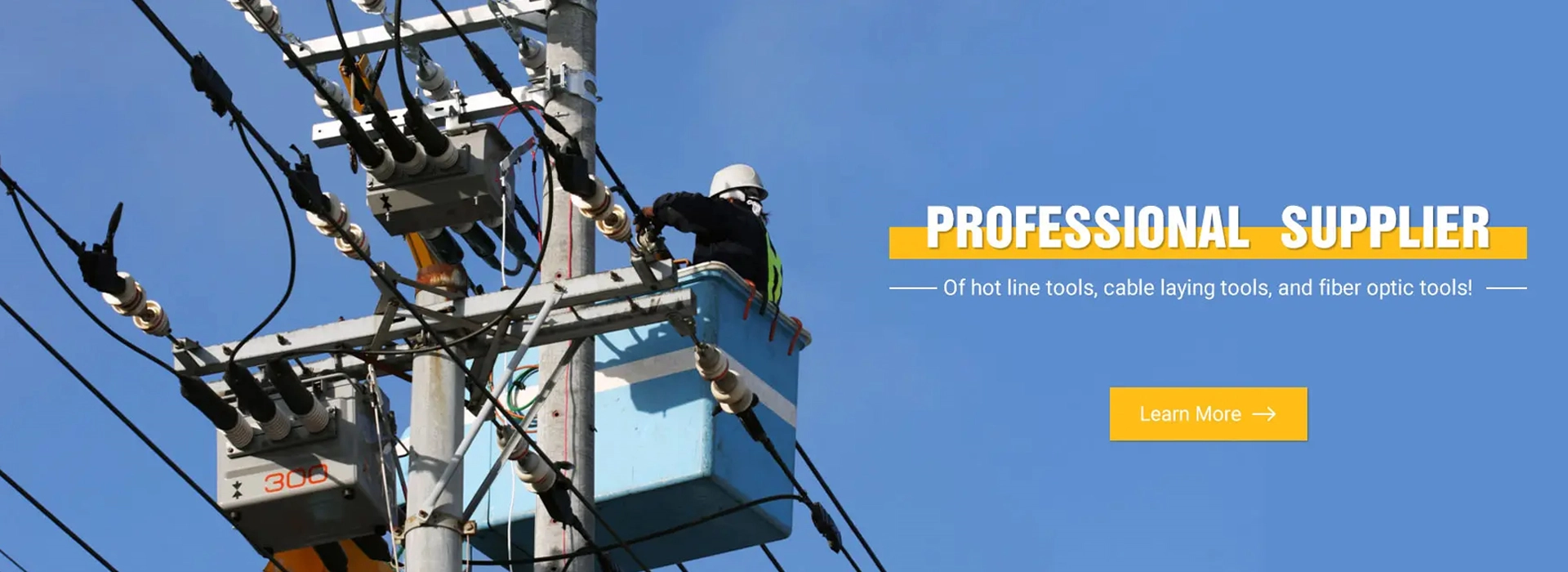
-
 Afrikaans
Afrikaans -
 Albanian
Albanian -
 Amharic
Amharic -
 Arabic
Arabic -
 Armenian
Armenian -
 Azerbaijani
Azerbaijani -
 Basque
Basque -
 Belarusian
Belarusian -
 Bengali
Bengali -
 Bosnian
Bosnian -
 Bulgarian
Bulgarian -
 Catalan
Catalan -
 Cebuano
Cebuano -
 Corsican
Corsican -
 Croatian
Croatian -
 Czech
Czech -
 Danish
Danish -
 Dutch
Dutch -
 English
English -
 Esperanto
Esperanto -
 Estonian
Estonian -
 Finnish
Finnish -
 French
French -
 Frisian
Frisian -
 Galician
Galician -
 Georgian
Georgian -
 German
German -
 Greek
Greek -
 Gujarati
Gujarati -
 Haitian Creole
Haitian Creole -
 hausa
hausa -
 hawaiian
hawaiian -
 Hebrew
Hebrew -
 Hindi
Hindi -
 Miao
Miao -
 Hungarian
Hungarian -
 Icelandic
Icelandic -
 igbo
igbo -
 Indonesian
Indonesian -
 irish
irish -
 Italian
Italian -
 Japanese
Japanese -
 Javanese
Javanese -
 Kannada
Kannada -
 kazakh
kazakh -
 Khmer
Khmer -
 Rwandese
Rwandese -
 Korean
Korean -
 Kurdish
Kurdish -
 Kyrgyz
Kyrgyz -
 Lao
Lao -
 Latin
Latin -
 Latvian
Latvian -
 Lithuanian
Lithuanian -
 Luxembourgish
Luxembourgish -
 Macedonian
Macedonian -
 Malgashi
Malgashi -
 Malay
Malay -
 Malayalam
Malayalam -
 Maltese
Maltese -
 Maori
Maori -
 Marathi
Marathi -
 Mongolian
Mongolian -
 Myanmar
Myanmar -
 Nepali
Nepali -
 Norwegian
Norwegian -
 Norwegian
Norwegian -
 Occitan
Occitan -
 Pashto
Pashto -
 Persian
Persian -
 Polish
Polish -
 Portuguese
Portuguese -
 Punjabi
Punjabi -
 Romanian
Romanian -
 Russian
Russian -
 Samoan
Samoan -
 Scottish Gaelic
Scottish Gaelic -
 Serbian
Serbian -
 Sesotho
Sesotho -
 Shona
Shona -
 Sindhi
Sindhi -
 Sinhala
Sinhala -
 Slovak
Slovak -
 Slovenian
Slovenian -
 Somali
Somali -
 Spanish
Spanish -
 Sundanese
Sundanese -
 Swahili
Swahili -
 Swedish
Swedish -
 Tagalog
Tagalog -
 Tajik
Tajik -
 Tamil
Tamil -
 Tatar
Tatar -
 Telugu
Telugu -
 Thai
Thai -
 Turkish
Turkish -
 Turkmen
Turkmen -
 Ukrainian
Ukrainian -
 Urdu
Urdu -
 Uighur
Uighur -
 Uzbek
Uzbek -
 Vietnamese
Vietnamese -
 Welsh
Welsh -
 Bantu
Bantu -
 Yiddish
Yiddish -
 Yoruba
Yoruba -
 Zulu
Zulu


Դկտ . 10, 2024 23:26 Back to list
Inserting Fish Tape Through Insulation for Efficient Wiring Solutions
Fish Tape Through Insulation A Guide to Efficient Wiring Installation
When it comes to electrical installations in residential and commercial buildings, one of the common challenges faced by electricians is running wires through insulated walls. Insulation is crucial for energy efficiency and comfort, but it can also complicate the wiring process. Using fish tape is a time-tested method that can simplify this task. This article will explore the benefits of using fish tape, the challenges of working with insulation, and tips for effectively using fish tape while maintaining the integrity of insulation.
Understanding Fish Tape
Fish tape is a flexible tool made of fiberglass or steel, designed to allow electricians to pull wires through walls, ceilings, and other hard-to-reach spaces. Its long, thin design makes it an ideal solution for navigating through the obstacles presented by insulation materials. Fish tape is available in various lengths, generally ranging from 25 to 200 feet, making it versatile enough for various projects.
The Challenges of Wiring Through Insulation
Insulation materials, such as fiberglass batts or spray foam, often create additional challenges for electricians. When wires are run through insulated walls, it's crucial to avoid compressing the insulation, as this can diminish its effectiveness. Additionally, navigating through tight spaces can be challenging, especially in older homes where wiring might have been installed in irregular patterns.
Common pitfalls when pulling wire through insulated areas include snagging the insulation, which can damage the material or create air gaps that reduce its insulating properties. Furthermore, if the insulation is not properly managed, it can obstruct the path of the fish tape, making the entire process longer and more complicated.
Using Fish Tape Effectively
To make the most of fish tape while working with insulation, a few strategic steps can be followed
fish tape through insulation

1. Choose the Right Fish Tape Depending on the thickness of the insulation and the distance of the run, choose an appropriate fish tape. Fiberglass fish tape is typically easier to maneuver through walls and insulation because of its flexibility.
2. Plan Your Route Before starting, identify the easiest path for your wires. Consider the layout of the insulation and any obstacles, such as studs, plumbing, or other electrical runs. Mapping out your route helps minimize complications when using fish tape.
3. Create Access Points In many cases, it may be necessary to create access points at both ends of the run. This not only simplifies the pulling procedure but also offers a chance to check for any kinks or snags in the insulation.
4. Be Gentle When pushing or pulling the fish tape, do so gently to avoid damaging the insulation. If you encounter resistance, do not force the tape; instead, pull it back slightly and try again or adjust your approach.
5. Guide the Wire Once the fish tape has successfully navigated through the insulation, attach your wire securely before gently pulling it back. This ensures a smooth transition and minimizes any tugging that could shift or damage the insulation.
6. Verify Wire Positioning After pulling the wire, check to ensure that it's not compressed against the framing or insulation. Proper positioning helps maintain the thermal efficiency of the insulation, preserving the energy savings it's intended to provide.
Conclusion
Efficient wiring installation through insulated spaces is a crucial skill for electricians. Using fish tape, an essential tool in this process, can facilitate the swift and secure placement of wiring without damaging insulation. By understanding the characteristics of fish tape, recognizing the challenges posed by insulation, and applying effective techniques, electricians can ensure a successful and energy-efficient electrical installation. With careful planning and execution, the task of running wires through insulation becomes not only manageable but also streamlined, contributing to the overall quality of the building's electrical system.
Latest news
duct-rodders-and-conduit-rod-tools
NewsAug.22,2025
ratchet-pullers-and-wire-tightening-tools
NewsAug.22,2025
chain-ratchet-pullers-and-hoist-solutions
NewsAug.22,2025
telescopic-hot-stick-for-electrical-and-high-voltage-use
NewsAug.22,2025
cable-clamp-and-insulated-cable-clamp-systems
NewsAug.22,2025
duct-rodder-conduit-rodder-and-cable-solutions
NewsAug.22,2025








